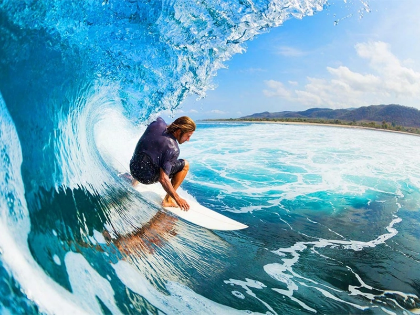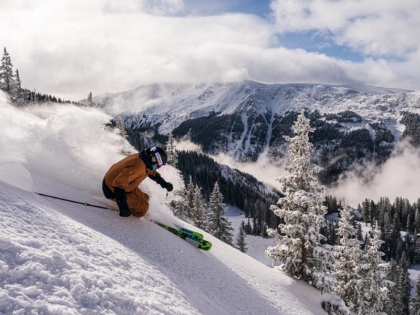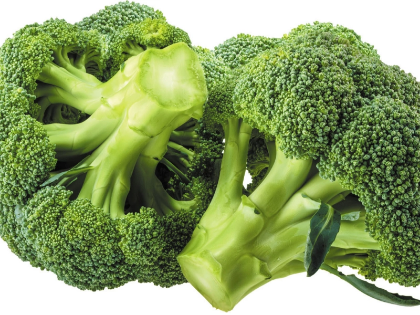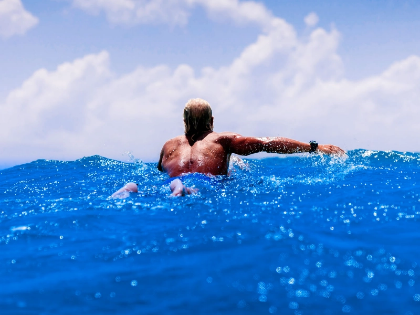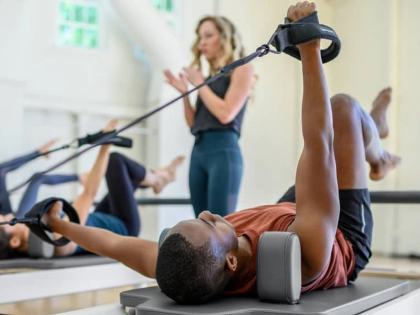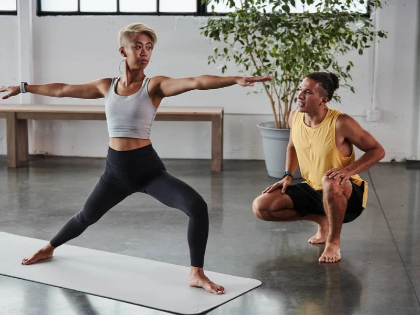Learning to Take Great Pictures with Underwater Models: Producing Art in the Sea
Scuba diving model photography calls for a special set of abilities. It involves more than simply taking breathtaking pictures; it also involves becoming proficient in the underwater world and knowing how to position subjects for ideal photos. While starting out in auto mode can be beneficial, it's crucial to learn how to shoot in manual and comprehend how ISO, shutter speed, and aperture relate to one another.
Beginning

Tools
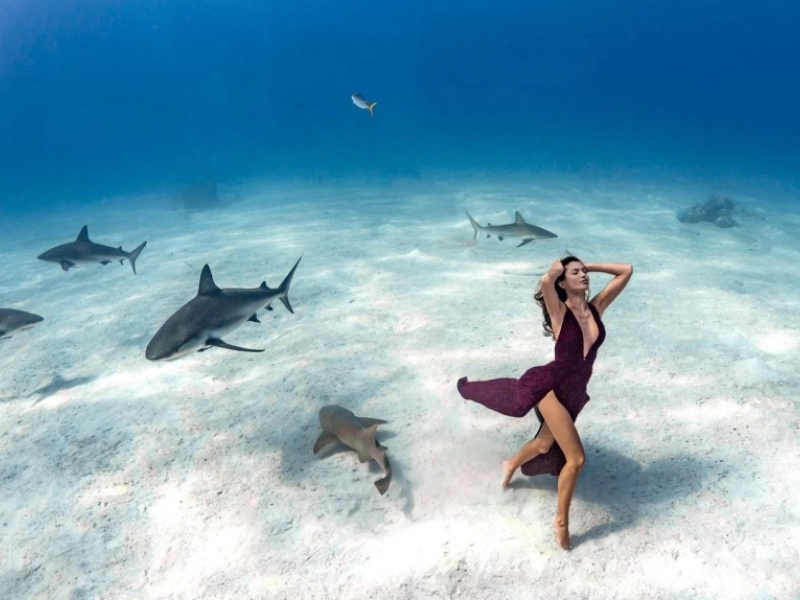 Since photographing underwater is less forgiving than shooting above the water, practicing composition and exposure techniques prior to entering the water is a good idea. A solid understanding of camera settings, particularly manual mode, is also beneficial. Reading your camera's manual and experimenting with the settings will help you better understand how they interact and produce a variety of artistic effects.
Proper control of buoyancy is crucial for both the photographer and the model. Once this is mastered—a skill that takes time to acquire—the model may concentrate more on positioning and composition, and the photographer can focus on using their strobes to provide artistic lighting.
In addition to being able to stop motion, strobes can be positioned in a variety of ways surrounding the subject to provide intriguing light or shadow blur. To get the optimum balance between intended artistic effect and image quality, experiment with the strobe strength. Keep in mind, though, that strobes might create backscatter if they are placed too close to the lens.
Since photographing underwater is less forgiving than shooting above the water, practicing composition and exposure techniques prior to entering the water is a good idea. A solid understanding of camera settings, particularly manual mode, is also beneficial. Reading your camera's manual and experimenting with the settings will help you better understand how they interact and produce a variety of artistic effects.
Proper control of buoyancy is crucial for both the photographer and the model. Once this is mastered—a skill that takes time to acquire—the model may concentrate more on positioning and composition, and the photographer can focus on using their strobes to provide artistic lighting.
In addition to being able to stop motion, strobes can be positioned in a variety of ways surrounding the subject to provide intriguing light or shadow blur. To get the optimum balance between intended artistic effect and image quality, experiment with the strobe strength. Keep in mind, though, that strobes might create backscatter if they are placed too close to the lens.
Models
 Underwater model photography clearly requires a model, but that's only the start. For the photographer to get the right shots, the model must be at ease in the water, possess outstanding buoyancy control, and be open to posing in various ways.
The better models will also comprehend the relationship between ISO, aperture, and shutter speed. This will assist them in determining the parameters that must be changed to achieve a certain artistic impression. The camera's handbook, which is frequently a goldmine of helpful information, is an excellent location to start learning about these relationships.
Both the photographer and the model should enjoy themselves during a good underwater model picture shoot. Before the session starts, it can be beneficial for both parties to create a list of "goals" to meet so that the model is aware of what the photographer is expecting from them. In this manner, there's a greater chance of getting the desired picture.
Underwater model photography clearly requires a model, but that's only the start. For the photographer to get the right shots, the model must be at ease in the water, possess outstanding buoyancy control, and be open to posing in various ways.
The better models will also comprehend the relationship between ISO, aperture, and shutter speed. This will assist them in determining the parameters that must be changed to achieve a certain artistic impression. The camera's handbook, which is frequently a goldmine of helpful information, is an excellent location to start learning about these relationships.
Both the photographer and the model should enjoy themselves during a good underwater model picture shoot. Before the session starts, it can be beneficial for both parties to create a list of "goals" to meet so that the model is aware of what the photographer is expecting from them. In this manner, there's a greater chance of getting the desired picture.
Luminance
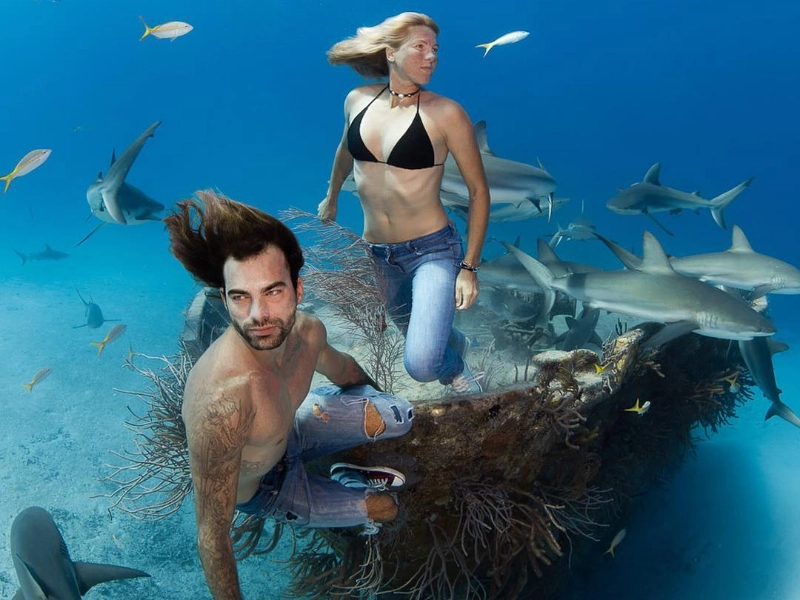 A wide range of illumination solutions are necessary for an underwater photographer. To increase lighting and lessen backscatter—small particles in the water that reflect light towards the camera and give images a hazy appearance—external strobes are sometimes employed in conjunction with natural light.
Props can also create visual interest, but they need to be controlled and chosen carefully to prevent entanglement or harm to the marine habitat. Additionally, as props drift away or vanish from view, visibility and buoyancy can have an impact on how effective they are.
Expert buoyancy control is a necessary skill for an outstanding underwater model, in addition to equipment proficiency and posing. This guarantees that they won't disrupt marine life or stir up sediment as they stay motionless and strike striking positions. The secret is to breathe correctly, controlling your exhale and positioning your body to maximise sinking while keeping the right pose.
A wide range of illumination solutions are necessary for an underwater photographer. To increase lighting and lessen backscatter—small particles in the water that reflect light towards the camera and give images a hazy appearance—external strobes are sometimes employed in conjunction with natural light.
Props can also create visual interest, but they need to be controlled and chosen carefully to prevent entanglement or harm to the marine habitat. Additionally, as props drift away or vanish from view, visibility and buoyancy can have an impact on how effective they are.
Expert buoyancy control is a necessary skill for an outstanding underwater model, in addition to equipment proficiency and posing. This guarantees that they won't disrupt marine life or stir up sediment as they stay motionless and strike striking positions. The secret is to breathe correctly, controlling your exhale and positioning your body to maximise sinking while keeping the right pose.

